You need to choose options for product.
-
 files/WB_CALFB004P_1.jpg
files/WB_CALFB004P_1.jpg
-
 files/WB_CALFB004D_2_4201934a-9d8d-446d-a1c9-2fdde0d7dd62.jpg
files/WB_CALFB004D_2_4201934a-9d8d-446d-a1c9-2fdde0d7dd62.jpg
-
 files/WB_CALFB004D_3_4db527dd-7418-40c0-9b01-3d9fffa29ae5.jpg
files/WB_CALFB004D_3_4db527dd-7418-40c0-9b01-3d9fffa29ae5.jpg
-
 files/WB_CALFB004D_4_0fae7681-056e-4eb0-91e8-6551a256e9b4.jpg
files/WB_CALFB004D_4_0fae7681-056e-4eb0-91e8-6551a256e9b4.jpg
-
 files/WB_CALFB004D_5_6add5522-37fd-4873-9599-03602b649818.jpg
files/WB_CALFB004D_5_6add5522-37fd-4873-9599-03602b649818.jpg
-
 files/WB_CALFB004D_6_55cf88ee-8fd9-4edb-a8cf-edbd92b5a53d.jpg
files/WB_CALFB004D_6_55cf88ee-8fd9-4edb-a8cf-edbd92b5a53d.jpg
-
 files/WB_CALFB004D_7_e4764efa-441e-4bbc-9d0c-cef66df4d830.jpg
files/WB_CALFB004D_7_e4764efa-441e-4bbc-9d0c-cef66df4d830.jpg
The inboard (chassis) end of a control arm is attached by a single pivot, usually a rubber bushing. It can thus control the position of the outboard end in only a single degree of freedom, maintaining the radial distance from the inboard mount. Although not deliberately free to move, the single bushing does not control the arm from moving back and forth; this motion is constrained by a separate link or radius rod.
This is in contrast to the wishbone. Wishbones are triangular and have two widely spaced inboard bearings. These constrain the outboard end of the wishbone from moving back and forth, controlling two degrees of freedom, and without requiring additional links.
Manufacturer Part Number: GS10115, RK620124, CMS10115,,3112-6-760-182
Color: Silver Finished
Light Bulb Type:
AKKON
AKKON - For BMW E60 5-Series 525i 530i 545i 550i Front Suspension Right Passenger Side Lower Control Arm Kit
- Regular price
- $24.99
The inboard (chassis) end of a control arm is attached by a single pivot, usually a rubber bushing. It can thus control the position of the outboard end in only a single degree of freedom, maintaining the radial distance from the inboard mount. Although not deliberately free to move, the single bushing does not control the arm from moving back and forth; this motion is constrained by a separate link or radius rod.
This is in contrast to the wishbone. Wishbones are triangular and have two widely spaced inboard bearings. These constrain the outboard end of the wishbone from moving back and forth, controlling two degrees of freedom, and without requiring additional links.
Manufacturer Part Number: GS10115, RK620124, CMS10115,,3112-6-760-182
Color: Silver Finished
Light Bulb Type:
- Regular price
- $24.99
Couldn't load pickup availability
Similar Products
-
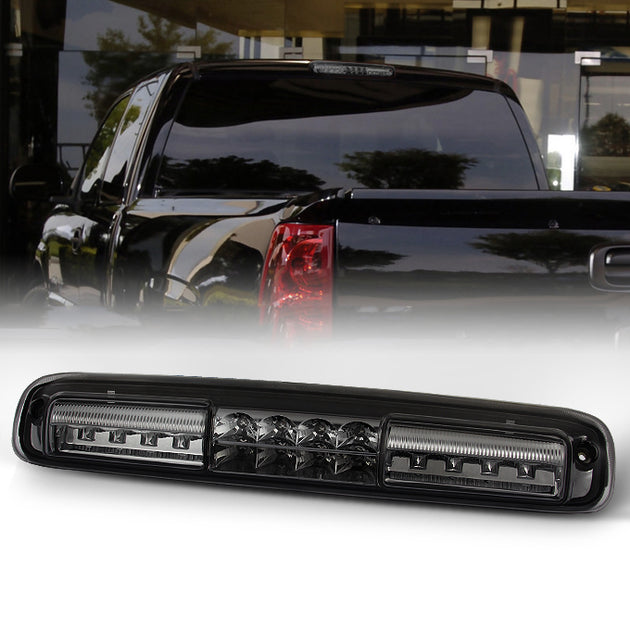
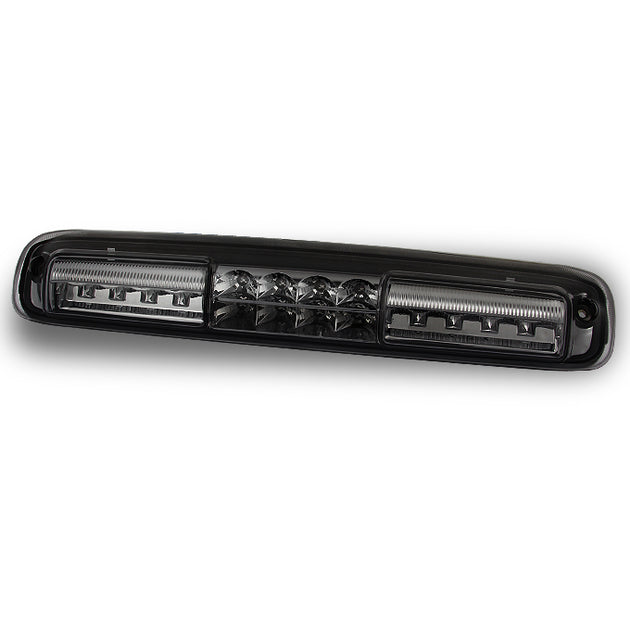
AKKON - For Chevrolet Silverado GMC Sierra Replacement LED 3rd Brake Light Signal Third Cargo Stop Lamp Smoke
Regular price $39.99 -
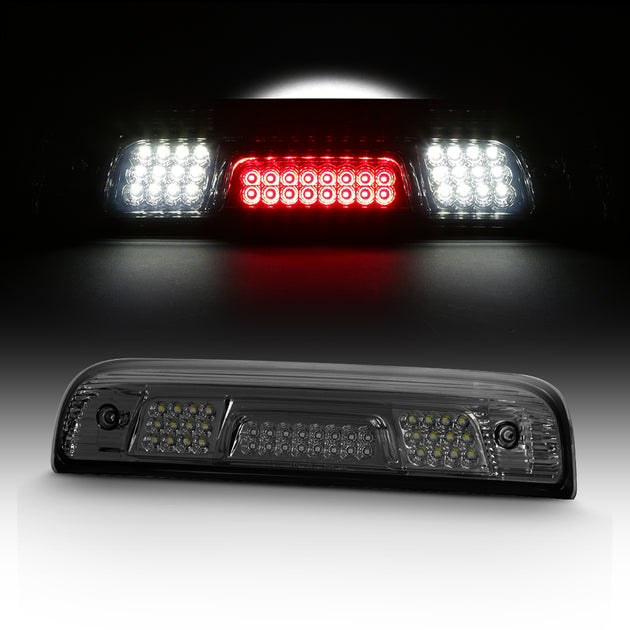
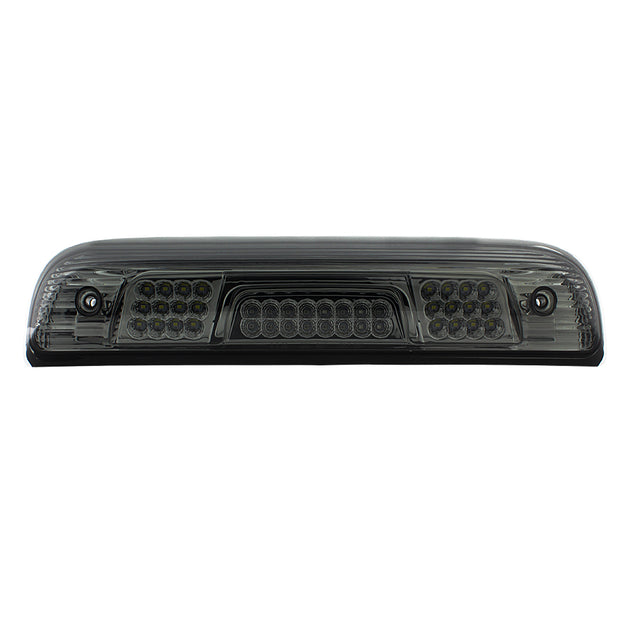
AKKON - For 2014-2021 Sierra Silverado 1500 2500 3500 HD Heavy Duty Smoked LED 3rd Brake Cargo Light Lamp
Regular price $58.98 -
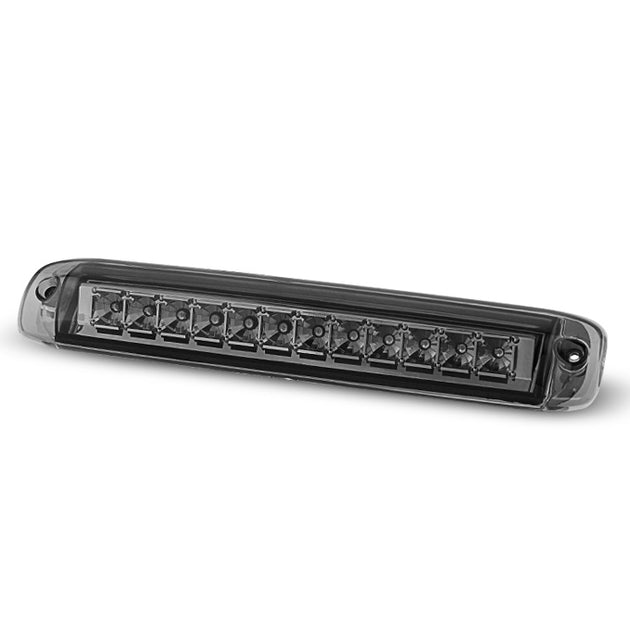
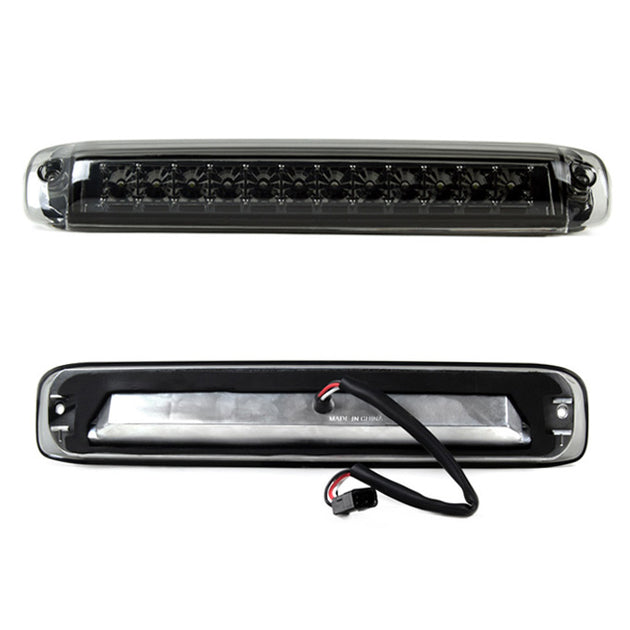
AKKON - For 99-06 Sierra Silverado 1500 2500 3500 Pickup Truck Rear Smoked LED 3rd Third Brake Lamp Cargo Light
Regular price $38.99 -
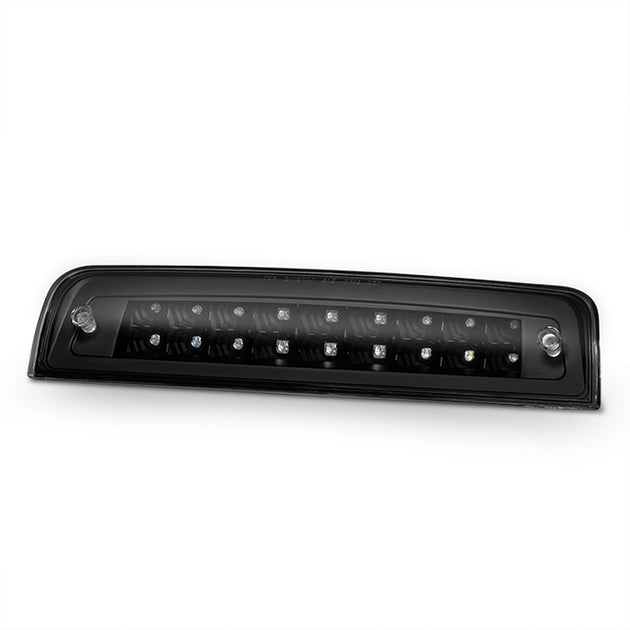
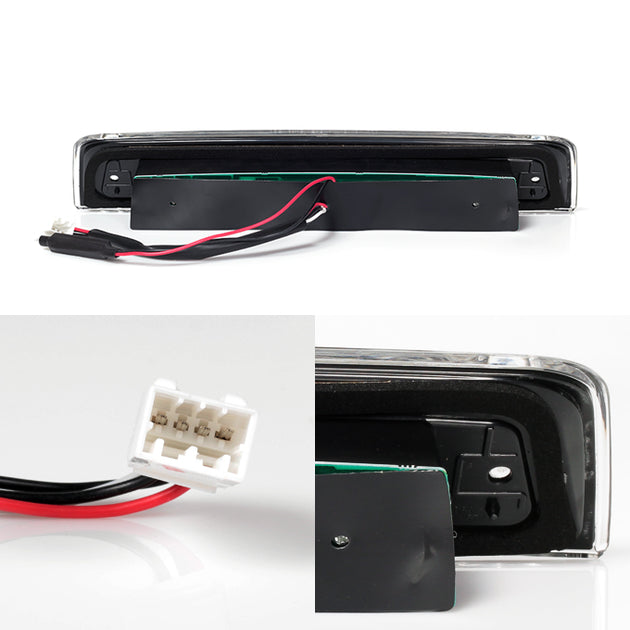
AKKON - For 2009-2018 Dodge Ram 1500 | 10-18 Ram 2500 3500 Black LED High Mount 3rd Brake Cargo Light Assembly
Regular price $39.99
Customers also bought
Complementary products
-
FREE SHIPPING
Shipping's on us, no cost!
-
EXTENDED SUPPORT PERIOD
Guarantee 30 Days Free Return.
-
FAST SHIPPING
Quick shipping, no delays
-
CUSTOMER SUPPORT
Fast solutions, happy customers.
